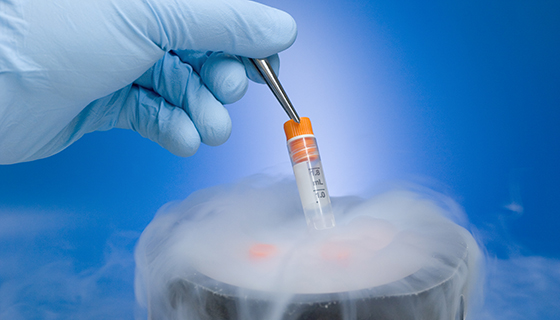Tanwir Ahmed Medical & IVF Center
- UAN: +92-304-111-8263
- WhatsApp: +92-328-4128363
- E-mail: info@tamc.com.pk
- Address: 27-C III, Gulberg III, 2nd Floor, Lahore, Pakistan
Follow us
Embryo Freezing
Embryo Freezing
Embryo Freezing
Embryo Freezing
Opening Hours
Monday - Tuesday:9am - 5pm
Wednesday - Thursday:9am - 5pm
Friday - Saturday:9am - 5pm
Sunday:Closed

Embryo Freezing
In a typical IVF or ICSI treatment cycle, the woman’s ovaries are stimulated to produce many eggs. Following fertilisation and embryo culture, the best embryos are selected for embryo transfer. For about 50% of couples, there will also be good embryos which are surplus to those required for embryo transfer. These embryos can be frozen at this point for future use.
Embryo freezing (cryopreservation) is a method of preserving the viability of embryos by carefully cooling them to very low temperatures (-196°C). This is carried out in the laboratory using specialised freezing equipment and the embryos can then be safely stored in liquid nitrogen for extended periods.
What are the benefits of embryo freezing? The main benefit of embryo freezing is the option to have frozen embryos thawed and transferred to the woman’s uterus in the future without having to undergo stimulation of the ovaries or egg retrieval. It is also possible that there may be enough frozen embryos for more than one subsequent cycle.
What does a frozen embryo transfer cycle actually involve? Frozen embryo transfer cycles are relatively simple. In some cases, the woman’s natural cycle will be monitored by ultrasound to assess the development of the lining of the uterus and to determine the timing of ovulation and hence embryo transfer. In other cases, depending on the woman’s history, a more hormonally controlled cycle may be warranted. The decision regarding the most appropriate treatment will be made in consultation with the clinician.

